Planting large timber forests and raw material forests using tissue-cultured hybrid acacia varieties has many outstanding advantages compared to traditional methods such as cuttings and sowing seeds. Therefore, many localities and units in the province have applied scientific advances in selecting and crossbreeding hybrid acacia varieties using tissue culture methods, contributing to improving productivity, quality and value of planted forests.
 Staff of Dong Luat Forest Protection Management Station (Thanh My commune, Thach Thanh) coordinated with forest planting households to clear and prune tissue-cultured hybrid acacia areas.
Staff of Dong Luat Forest Protection Management Station (Thanh My commune, Thach Thanh) coordinated with forest planting households to clear and prune tissue-cultured hybrid acacia areas.
Plant tissue culture is a synthesis of techniques used to maintain and culture plant cells, tissues or organs in sterile conditions on a nutrient-rich culture medium with defined components. With this technology, it will create rejuvenated, healthy, disease-free plant varieties. Tissue cultured plant varieties are produced in large quantities, with high uniformity and keeping intact the biological characteristics of the parent plants. Based on practical needs, with financial and technical support from the VFBC project, the Thach Thanh Forest Protection Management Board (FPMB) has built many tissue culture models to nurture large timber forests, in order to improve the quality and value of planted forests, contributing to increasing productivity and quality of planted forests.
As a result, from 2023 to present, Thach Thanh Forest Protection Management Board has provided technical guidance, provided seedlings, and organized households to contract forestry production land to plant new and replant exploited forests according to regulations on more than 150 hectares of production forest, including 40 hectares of large timber forest; Planting additional protective forests after thinning and strip exploitation of more than 200 hectares with tree species such as flower lat, black star, Acacia auriculiformis... In particular, the Management Board has planted more than 45.5 hectares of tissue-cultured Acacia trees, planted new eucalyptus varieties such as: GLGU9, GLSE9, GLU4 and Cu Vi DH32-29 in Thanh My, Ngoc Trao communes, Van Du town... In addition, the Management Board has also built a pilot project for some crops such as Doi for grafted seeds (area of 10 hectares), Macadamia (more than 90 hectares) and some areas of high economic value forestry trees such as Dalbergia, Sua, Camphor... which have initially brought about economic efficiency.
To have uniform and quality seedlings, the Analysis and Testing Department of Thanh Hoa Agricultural Institute has organized research, implemented and applied the process of tissue culture of hybrid acacia trees. Ms. Ho Thi Quyen, a technician at the Analysis and Testing Department, said: "For the tissue culture method, the step of selecting mother plants as breeding material is especially important. Therefore, the team of technicians at the Thanh Hoa Agricultural Institute selected healthy and pest-free acacia shoots for breeding. The initial acacia hybrid tissue culture material is shoots 10 - 15cm long, taken from mother plants 6 months to 1 year old in the morning on sunny days, then washed with sterile distilled water and 70% alcohol for 30 seconds. The tissue culture samples are grown in laboratory temperature conditions from 10 - 25 degrees Celsius, light is maintained for 10 - 12 hours, ensuring ventilation for the sample to develop. The tissue cultured acacia hybrid is nurtured and grown in test tubes until it meets the height standards, the roots and leaves are fully developed, then brought out to the nursery for cuttings in the field. Because it is applied Strict production process according to plant tissue culture technology, so when planted in forests, hybrid acacia trees are less susceptible to pests and diseases, grow and develop quickly, with a survival rate of 100%".
Currently, Thanh Hoa Agricultural Institute has built 8 large timber forest planting models including tissue-cultured hybrid acacia varieties AH1, AH7, TB1 and acacia auriculiformis. The total area of the models is up to 110 hectares with 50 households participating in planting hybrid acacia forests in Nhu Thanh and Nhu Xuan districts. In fact, tissue-cultured hybrid acacia yields 200 - 250m3 of wood/ha, while the productivity of cuttings of hybrid acacia is only 130 - 150m3/ha. With the same investment cost for planting, in terms of economic efficiency, planting tissue-cultured hybrid acacia forests reaches 160 - 200 million VND/ha, 100 million VND higher than cuttings of hybrid acacia forests.
Each year, Thanh Hoa province strives to plant 10,000 hectares of new forests and over 7 million scattered trees. Localities and forest management boards in the province need about 22 million seedlings to carry out afforestation according to the plan. Currently, the whole province is stably maintaining 56,000 hectares of large timber business forests, of which acacia accounts for 70%. In addition to increasing wood biomass in the same growth cycle, the use of tissue cultured acacia helps people effectively implement the model of converting acacia forests to large timber business when extending the intensive cultivation cycle. Instead of harvesting after 4 to 5 years of planting, if extended to 7 - 8 years, tissue cultured acacia will have an expected average total forest reserve of 250 to 330m3/ha, with an average revenue of 300 - 350 million VND/ha, double that of the small timber forest cycle...
It can be said that building a model of intensive large-wood afforestation using tissue-cultured hybrid acacia is an important factor for sustainable forestry economic development, bringing benefits to the people. However, to replicate the model, all levels and sectors need to coordinate to synchronously implement many solutions to contribute to raising awareness and changing the mindset of forest planters; providing reasonable support for people to develop new forest planting to replace old varieties, helping people increase their income and stabilize their lives.
Article and photos: Tran Hang
Source


![[Photo] General Secretary concludes visit to Azerbaijan, departs for visit to Russian Federation](https://vphoto.vietnam.vn/thumb/1200x675/vietnam/resource/IMAGE/2025/5/8/7a135ad280314b66917ad278ce0e26fa)
![[Photo] President Luong Cuong presents the decision to appoint Deputy Head of the Office of the President](https://vphoto.vietnam.vn/thumb/1200x675/vietnam/resource/IMAGE/2025/5/8/501f8ee192f3476ab9f7579c57b423ad)
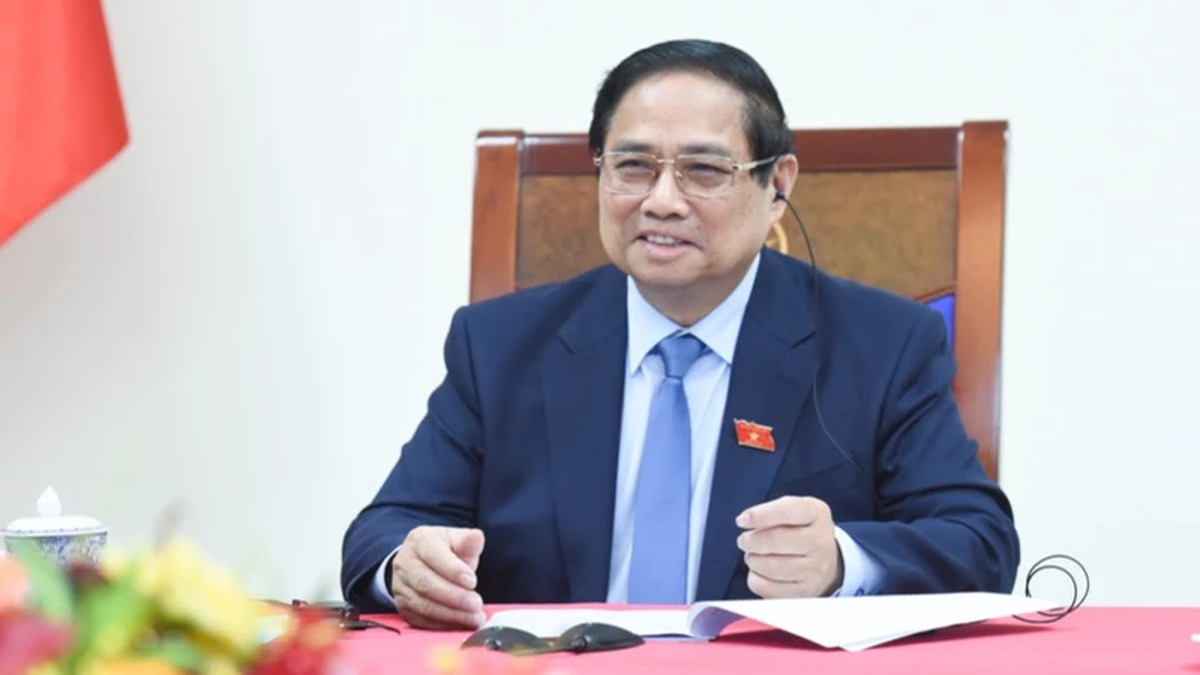
![[Photo] National Assembly Chairman Tran Thanh Man chairs the meeting of the Subcommittee on Documents of the First National Assembly Party Congress](https://vphoto.vietnam.vn/thumb/1200x675/vietnam/resource/IMAGE/2025/5/8/72b19a73d94a4affab411fd8c87f4f8d)
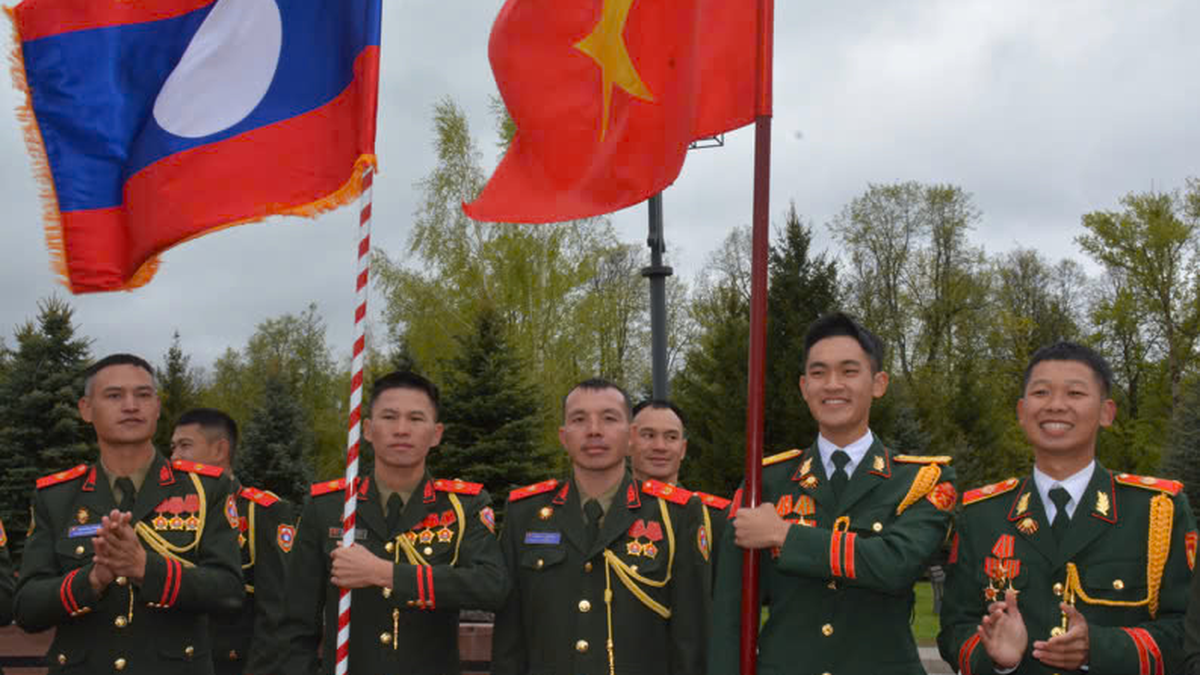
![[Photo] Prime Minister Pham Minh Chinh meets with the Policy Advisory Council on Private Economic Development](https://vphoto.vietnam.vn/thumb/1200x675/vietnam/resource/IMAGE/2025/5/8/387da60b85cc489ab2aed8442fc3b14a)


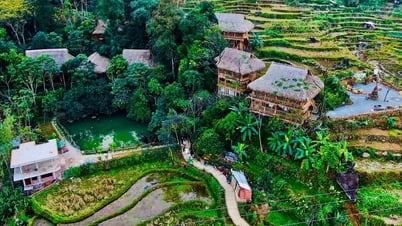



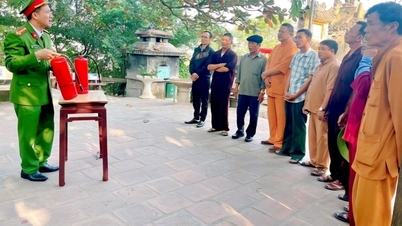

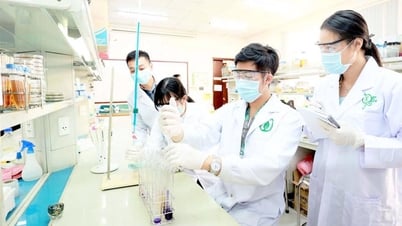

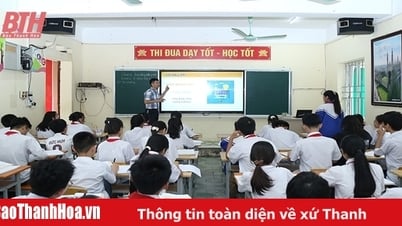
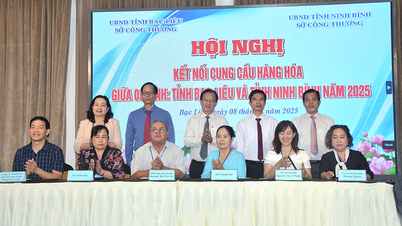
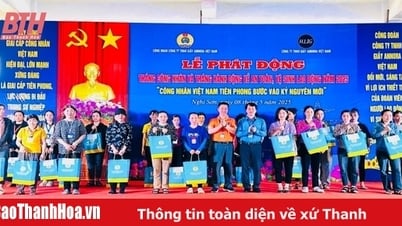
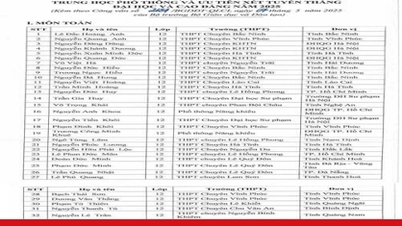






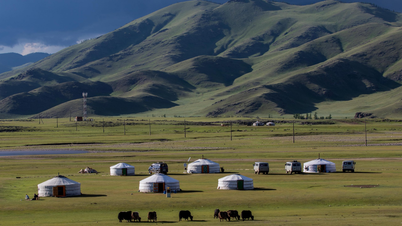
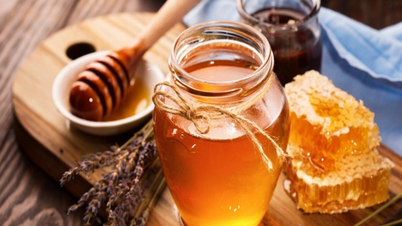



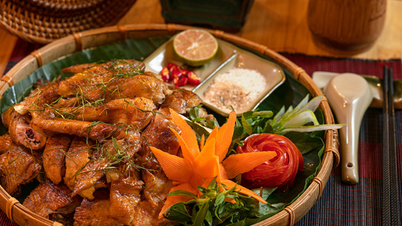




















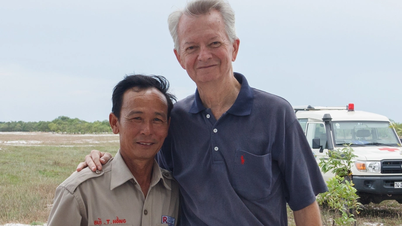












![[Photo] Prime Minister Pham Minh Chinh talks on the phone with Singaporean Prime Minister Lawrence Wong](https://vphoto.vietnam.vn/thumb/402x226/vietnam/resource/IMAGE/2025/5/8/e2eab082d9bc4fc4a360b28fa0ab94de)







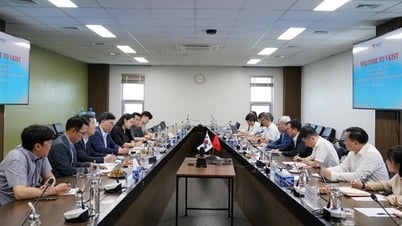


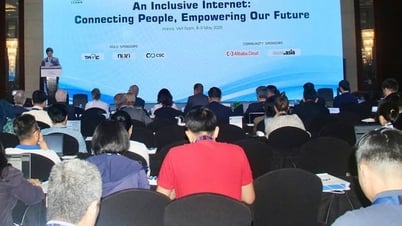


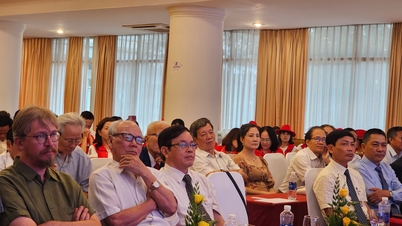
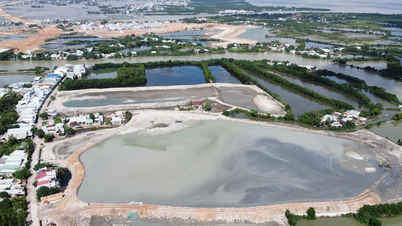



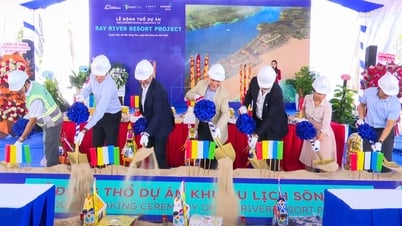















Comment (0)